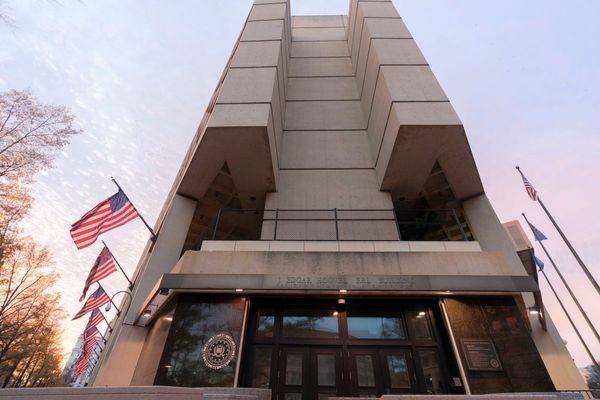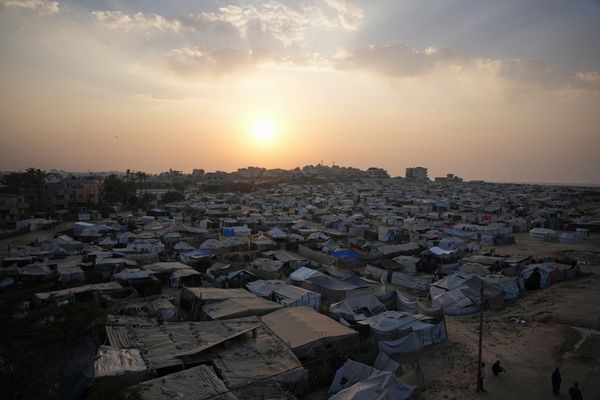
In the end it was the dust that did it for the dinosaurs. At least that is the finding of computer simulations of the aftermath of the asteroid impact that reshaped life on Earth 66m years ago.
The cataclysmic impact in what is now Chicxulub on Mexico’s Yucatán peninsula wiped out 75% of species on Earth, including non-avian dinosaurs. But the precise nature of the deadly blow has kept scientists busy for decades, with soot-spewing wildfires, volcanic eruptions and vast quantities of sulphur all considered culprits.
Writing in Nature Geoscience, researchers in Belgium argue that the “exact killing mechanisms” set in train by the impact remain poorly understood and that too little attention has been paid to the role of potentially trillions of tonnes of dust kicked up by the violent event.
Swirling around in the atmosphere for years, soot, sulphur and dust all have the capacity to block out the sun and contribute to a global winter where vegetation fails, with devastating knock-on effects for the animals it supports.
To delve deeper into the role of the different factors, the scientists ran simulations of the ancient climate that took into account measurements of fine particles recovered from a site in North Dakota where a layer of dust generated by the Chicxulub impact settled.
According to the simulations, dust of the size found in Dakota could have remained in the atmosphere for up to 15 years after being blasted into the sky. By blocking out the sun’s rays, up to 2,000bn tonnes of it could have shut down photosynthesis for nearly two years and cooled the planet by up to 15C.
Created from pulverised granite and other rock at the impact site, the dust “most likely drove the last mass extinction event through the disruption of photosynthetic activity,” said Cem Berk Senel, a researcher on the study at the Royal Observatory of Belgium in Brussels.
The silicate dust emerged from the simulations as the “most efficient blocker of photosynthesis”, added Philippe Claeys, a geologist and planetary scientist at the Free University of Brussels and co-author of the study. “It renders the atmosphere opaque to sunlight, hampering the plants’ photosynthetic process.”
According to the computer models, it would have taken two years for photosynthesis to resume.
Steve Brusatte, a professor of palaeontology and evolution at the University of Edinburgh who was not involved in the study, described the asteroid that killed the dinosaurs as “apocalyptic”.
He said: “It was the largest asteroid to hit the Earth in the last half a billion years, and it detonated with the force of over a billion nuclear bombs put together. But that’s not what really killed the dinosaurs and the 75% of other species that died out.
“What really drove their doom was what happened afterwards, as the dust and grime from the asteroid impact went into the atmosphere and blocked out the sun. The Earth went dark and cold for a few years. The asteroid didn’t kill all the dinosaurs in one go, but it was a more stealthy murderer, which triggered a war of attrition that led three out of every four species to die.”







